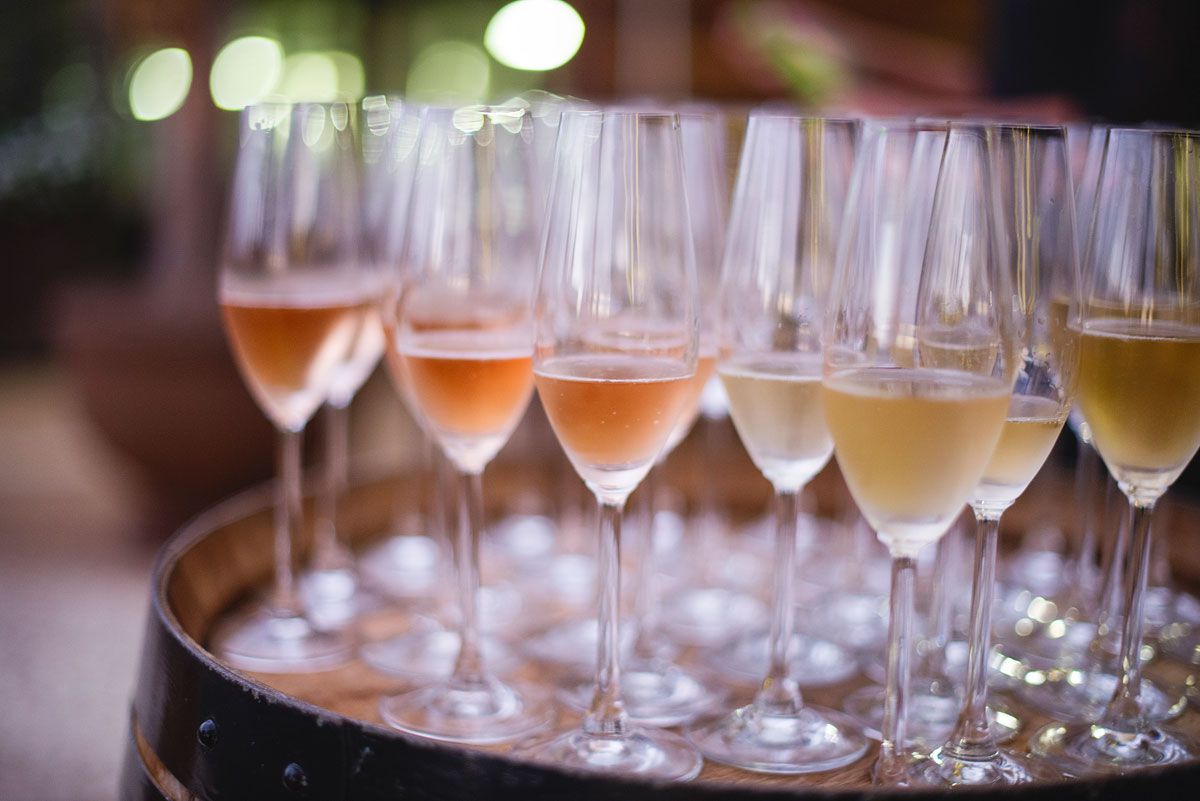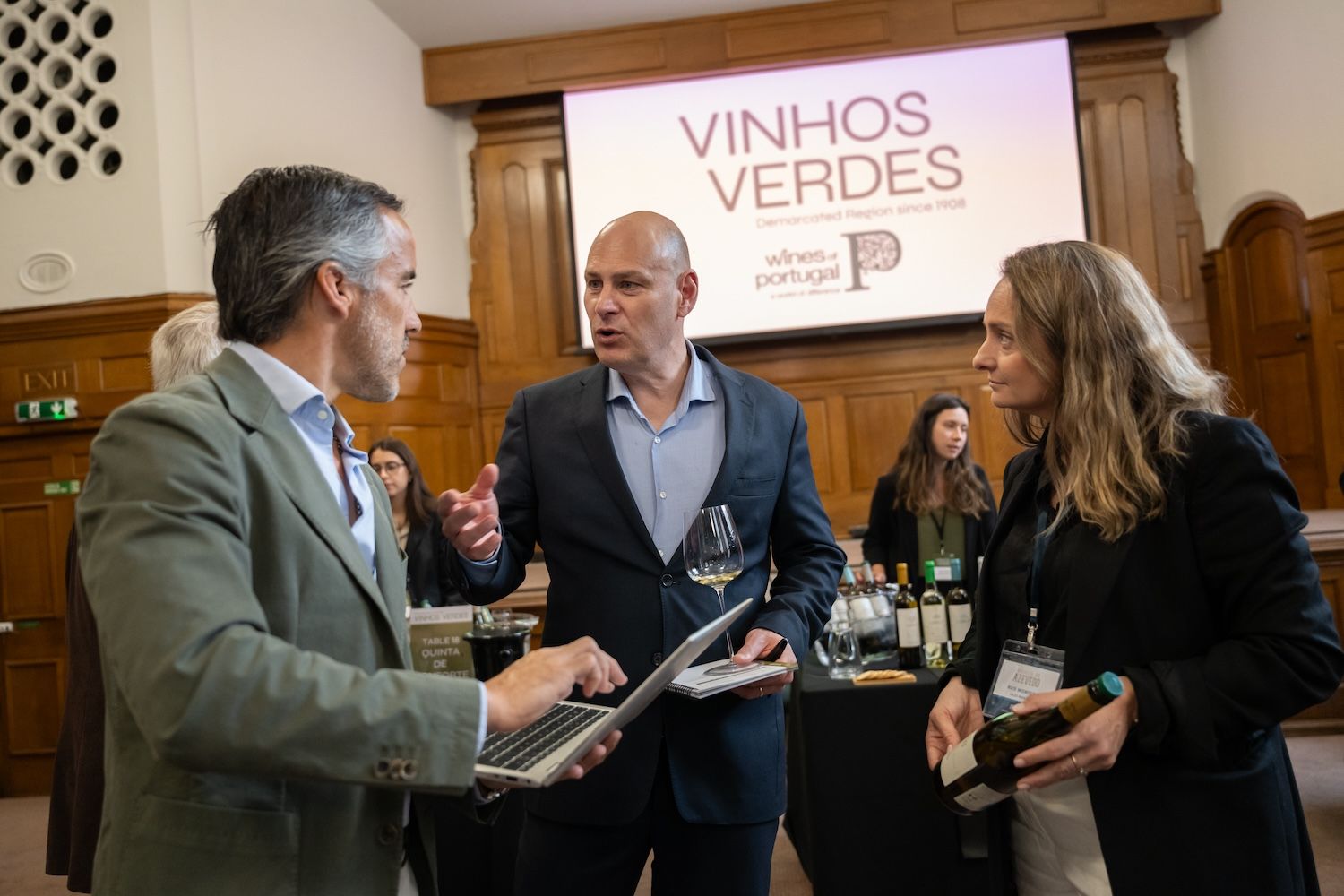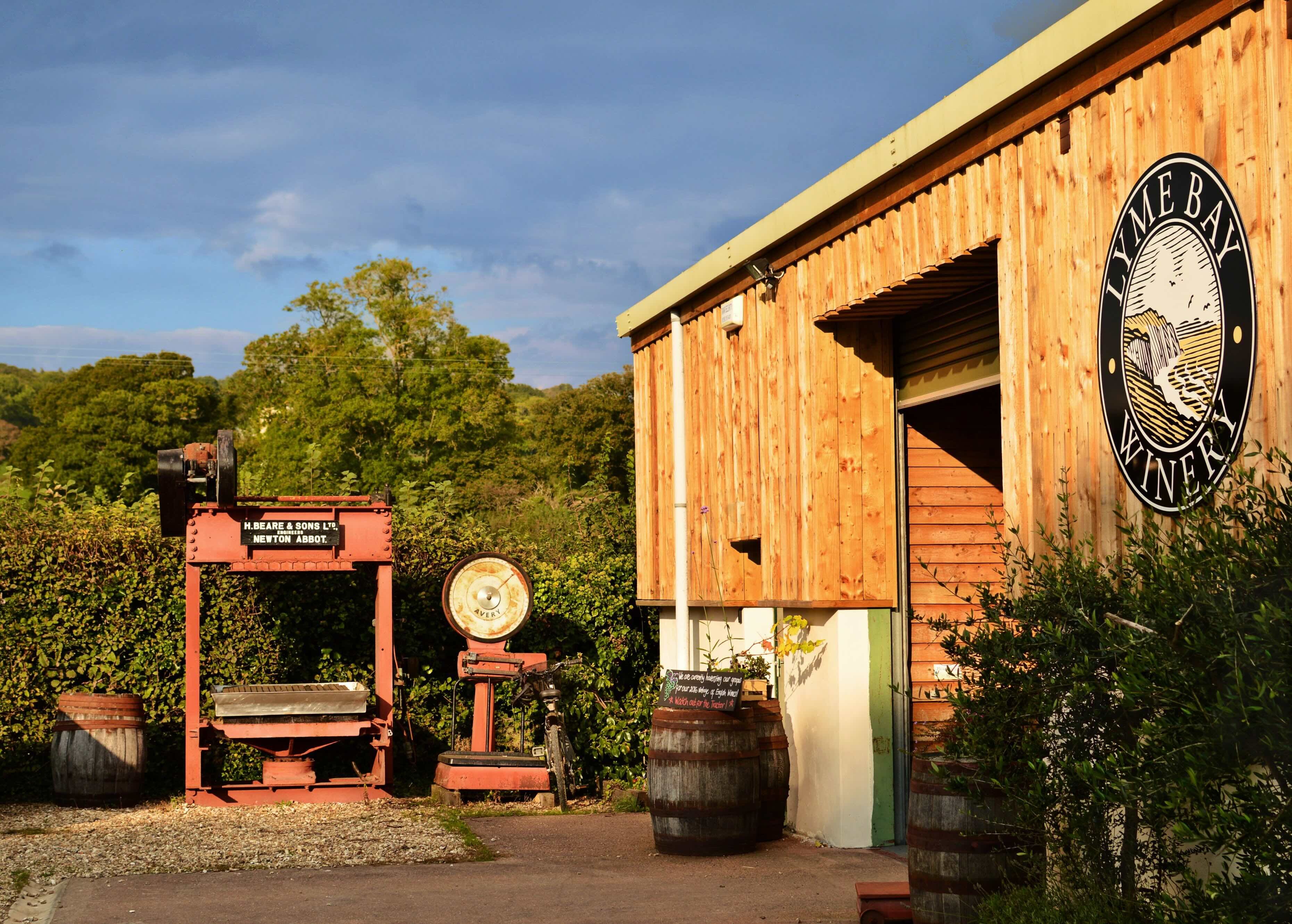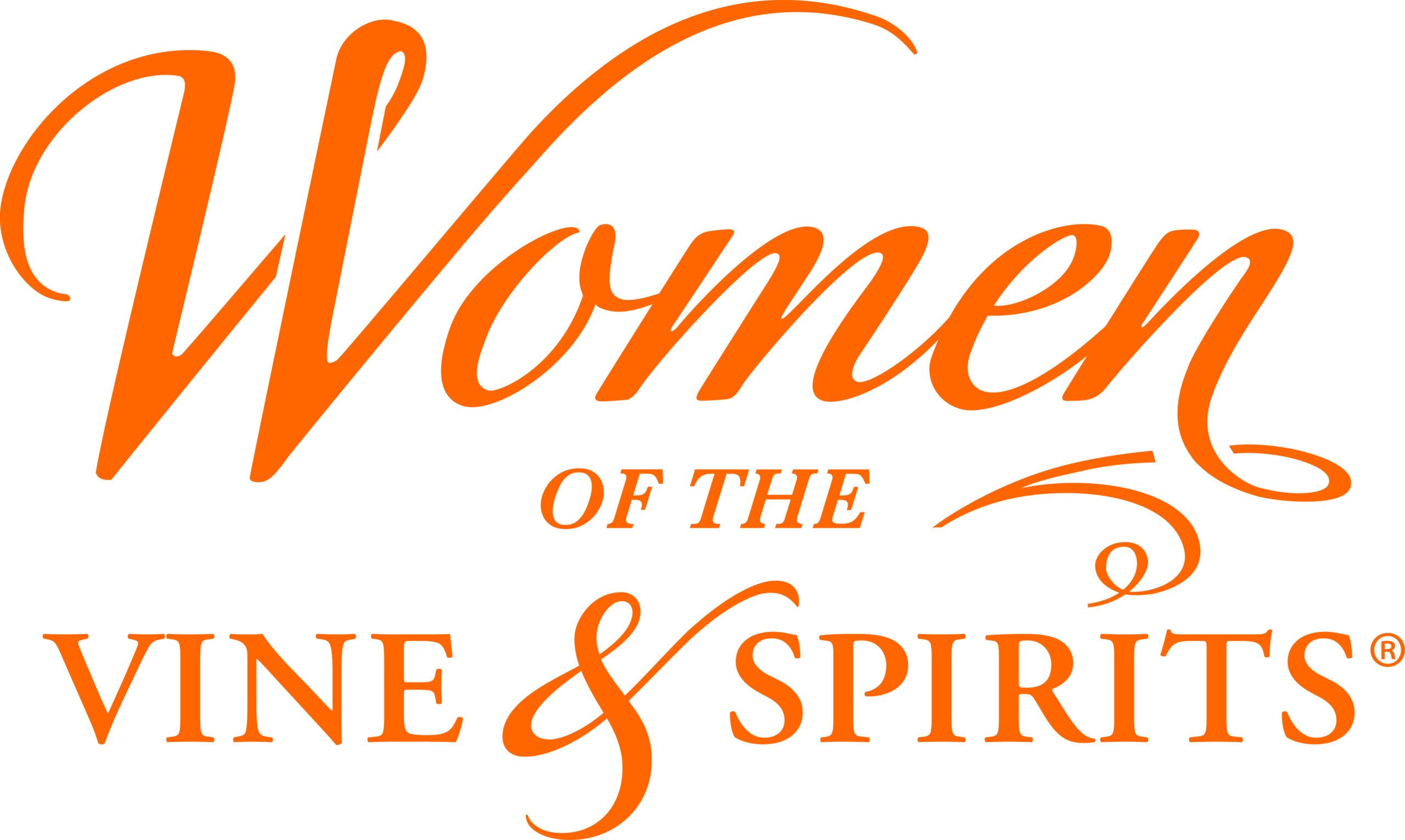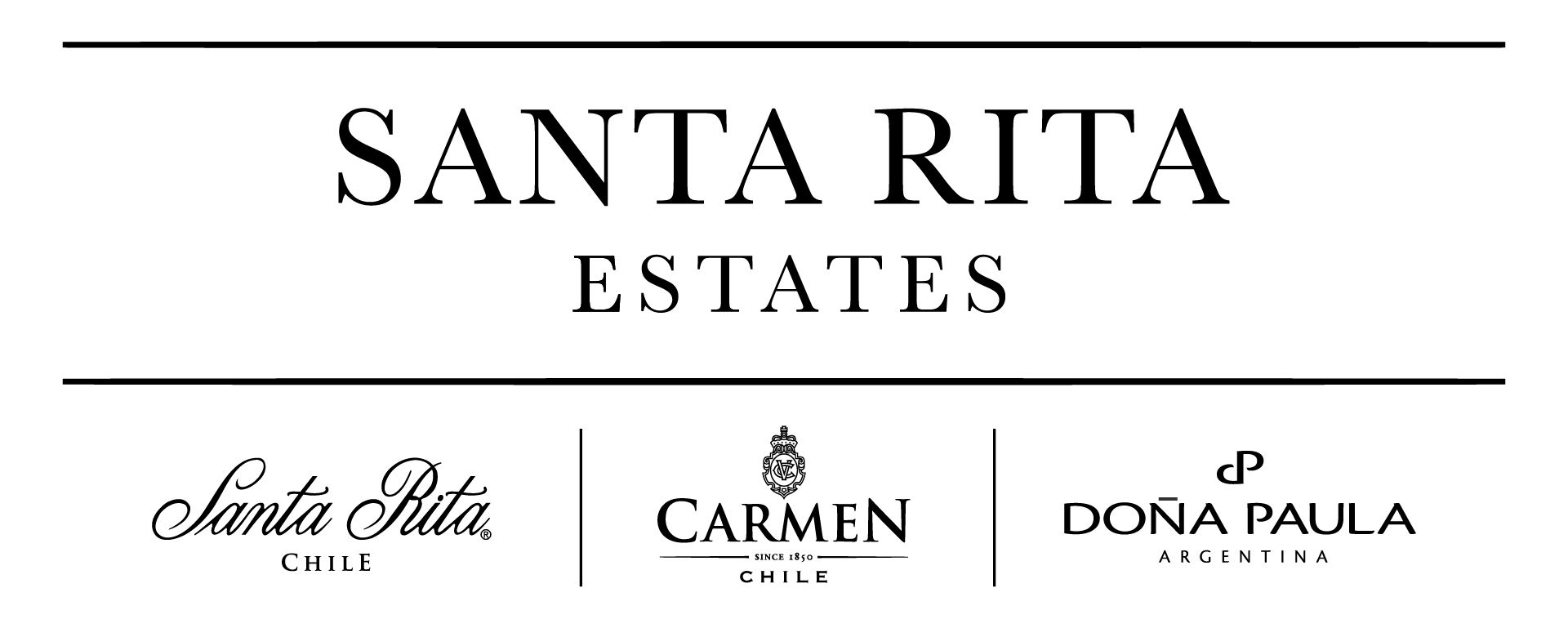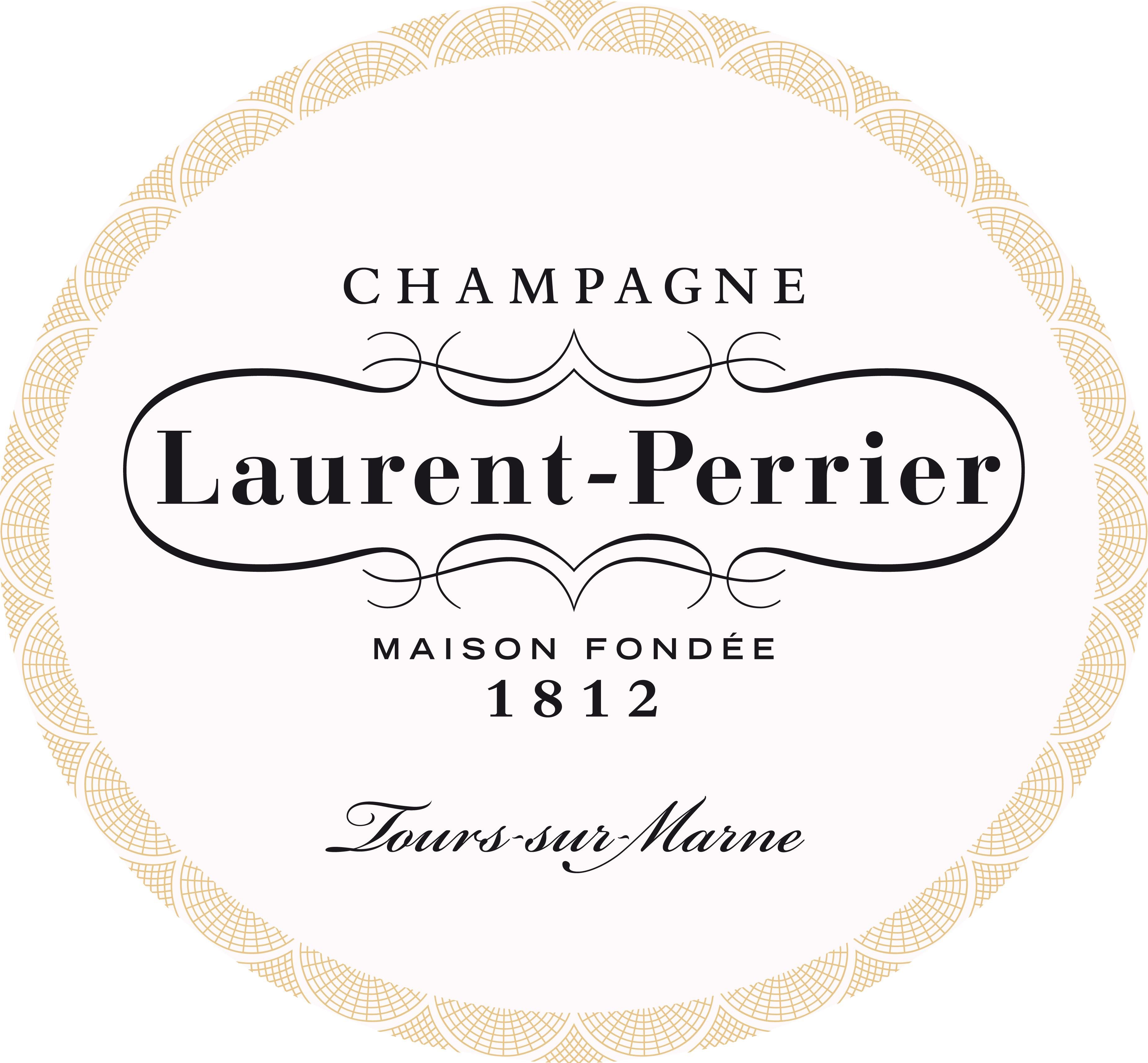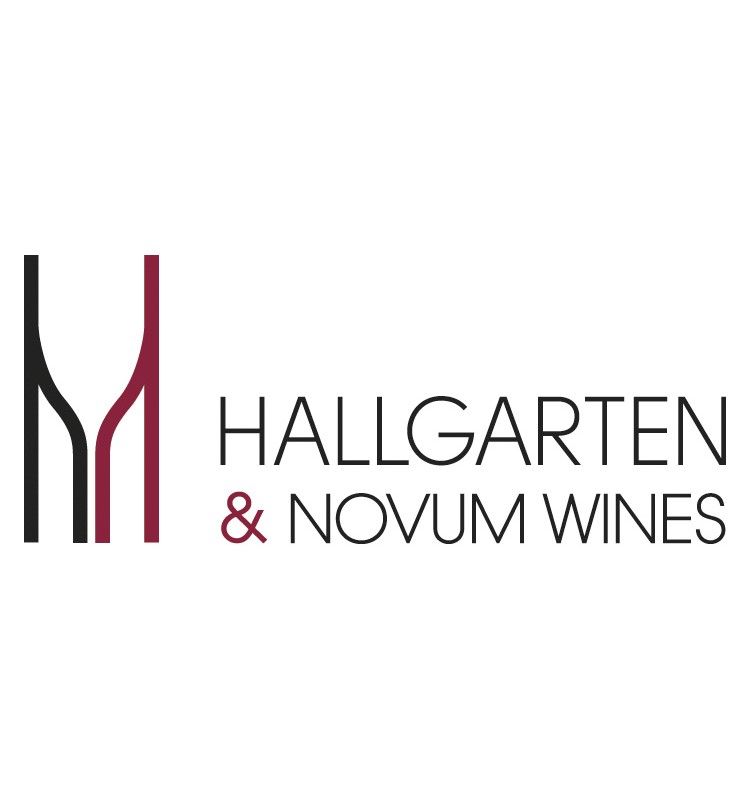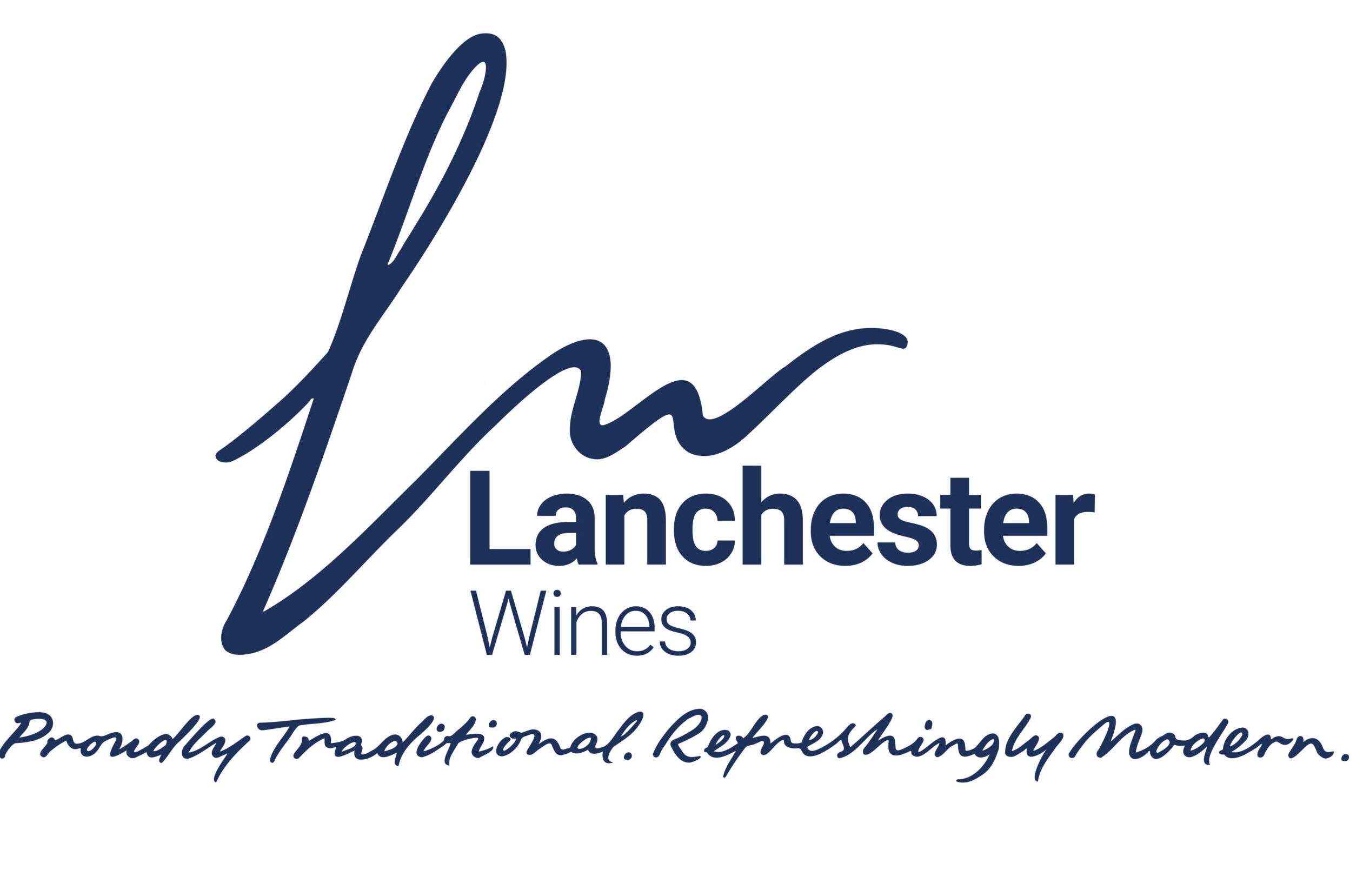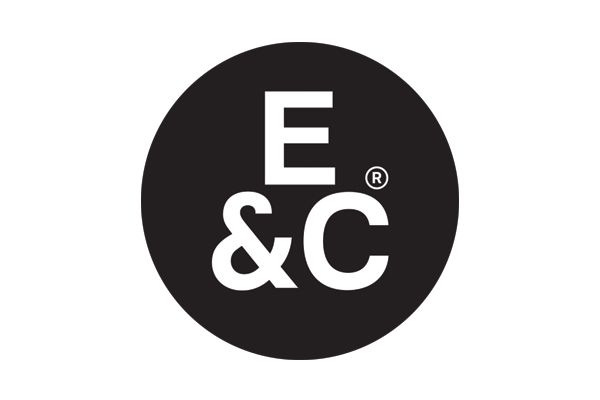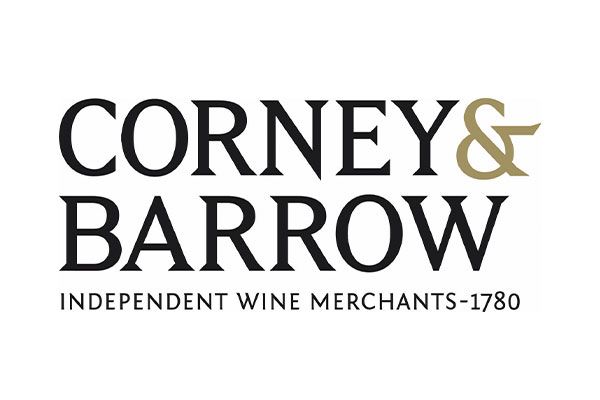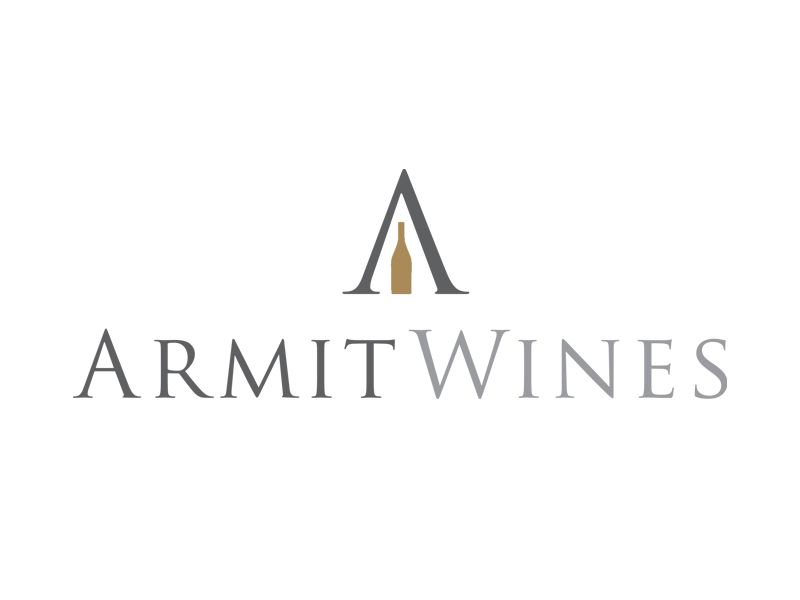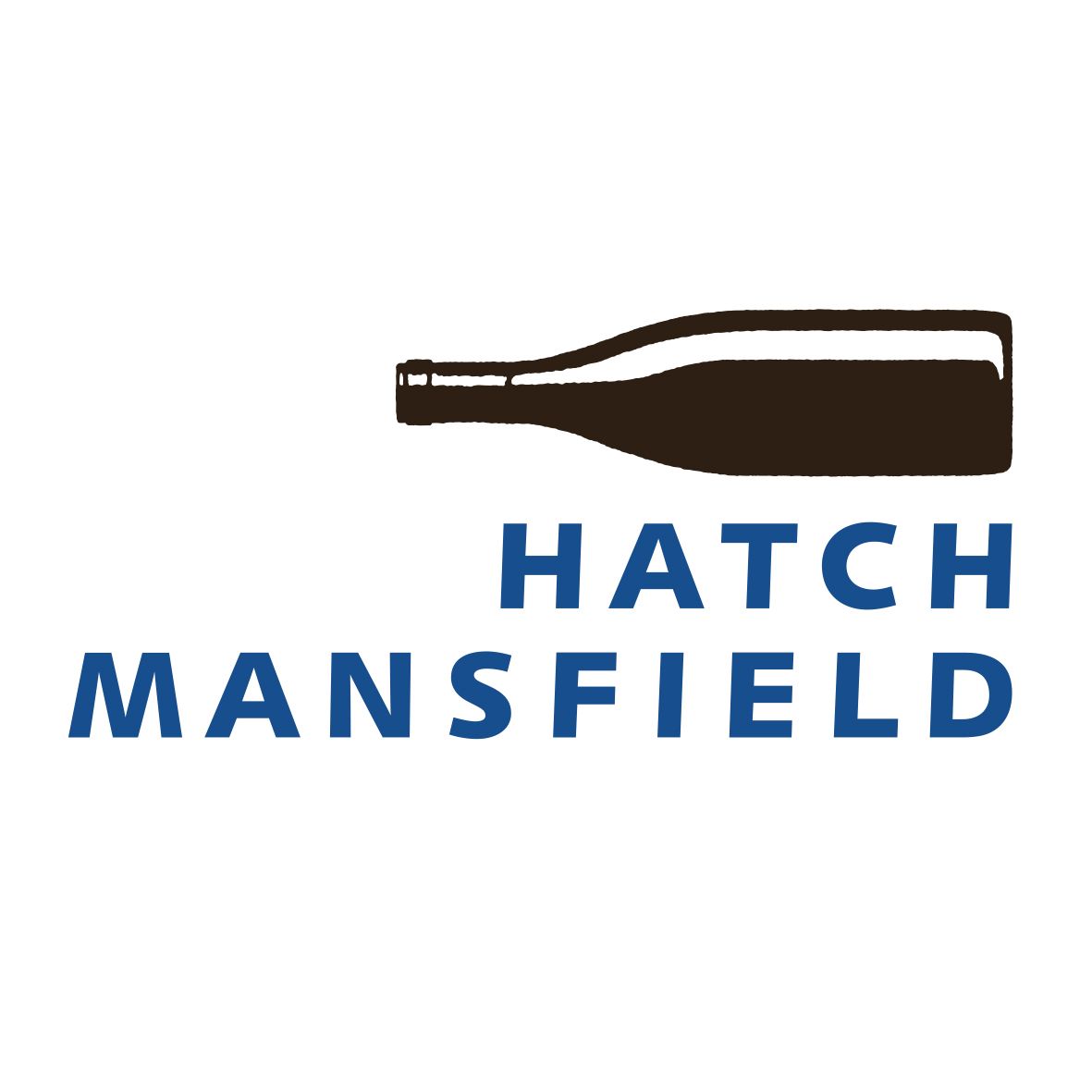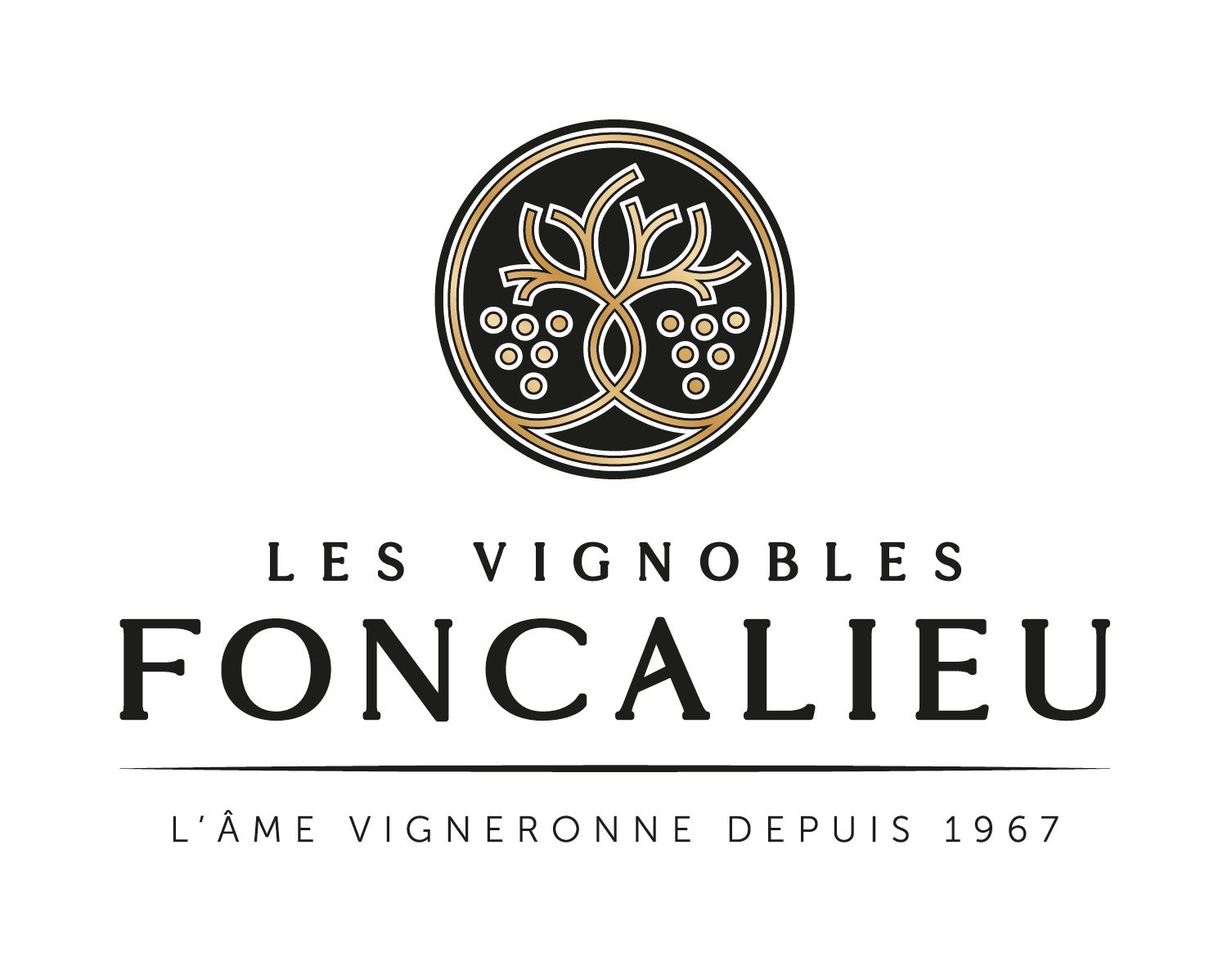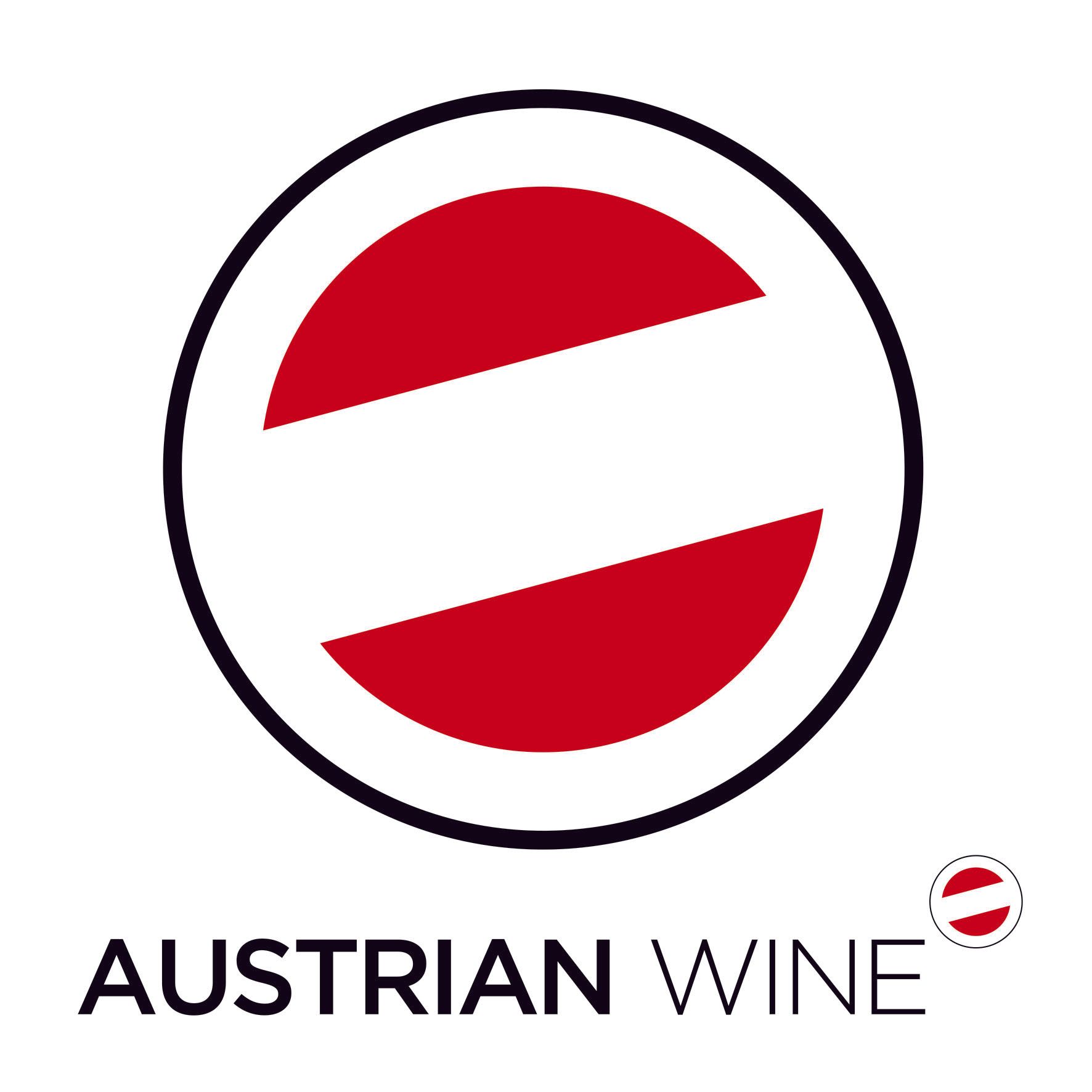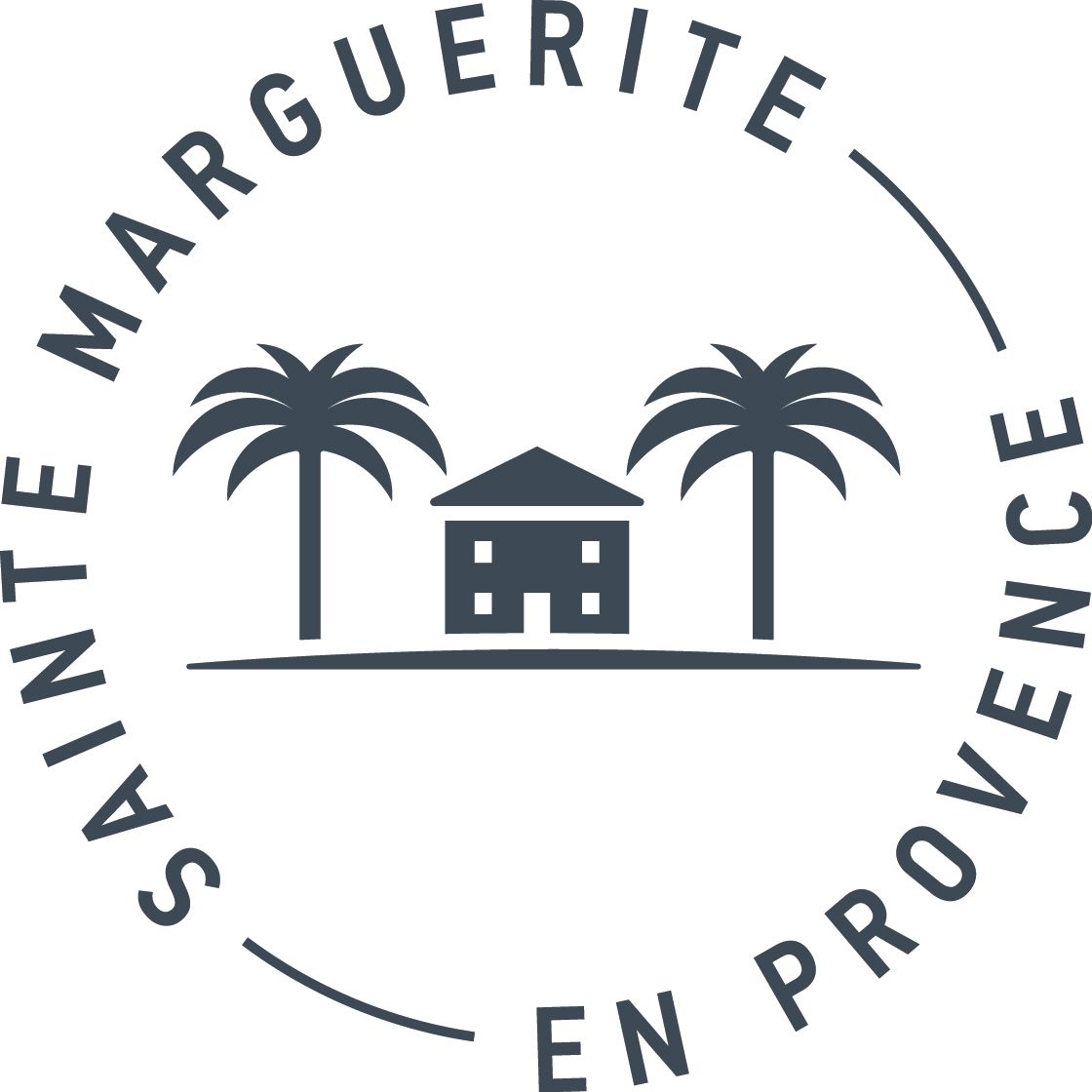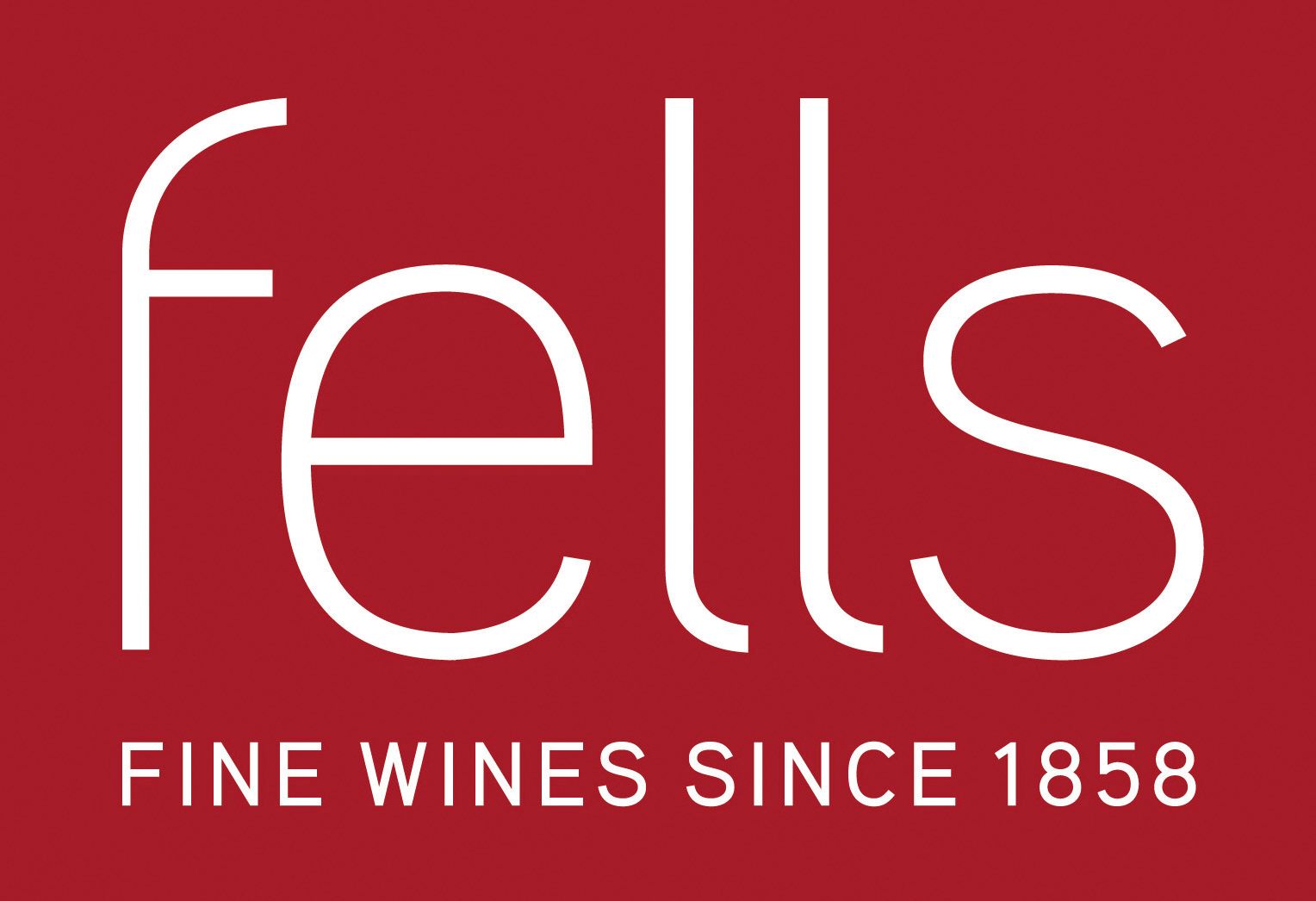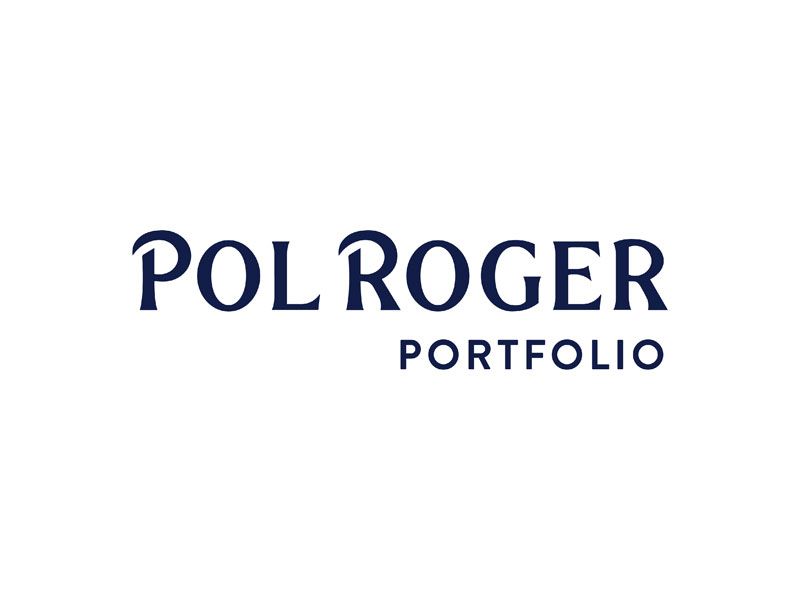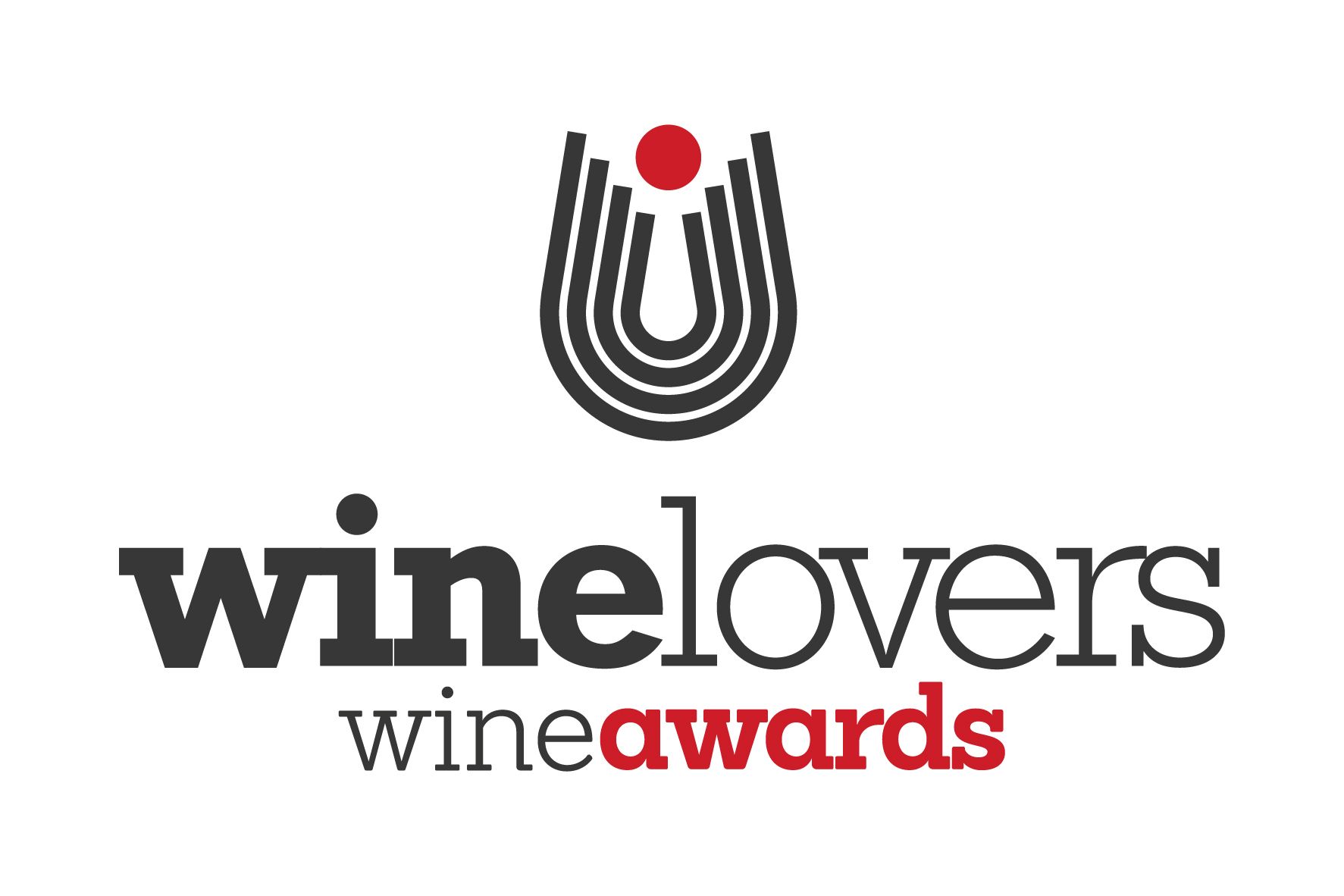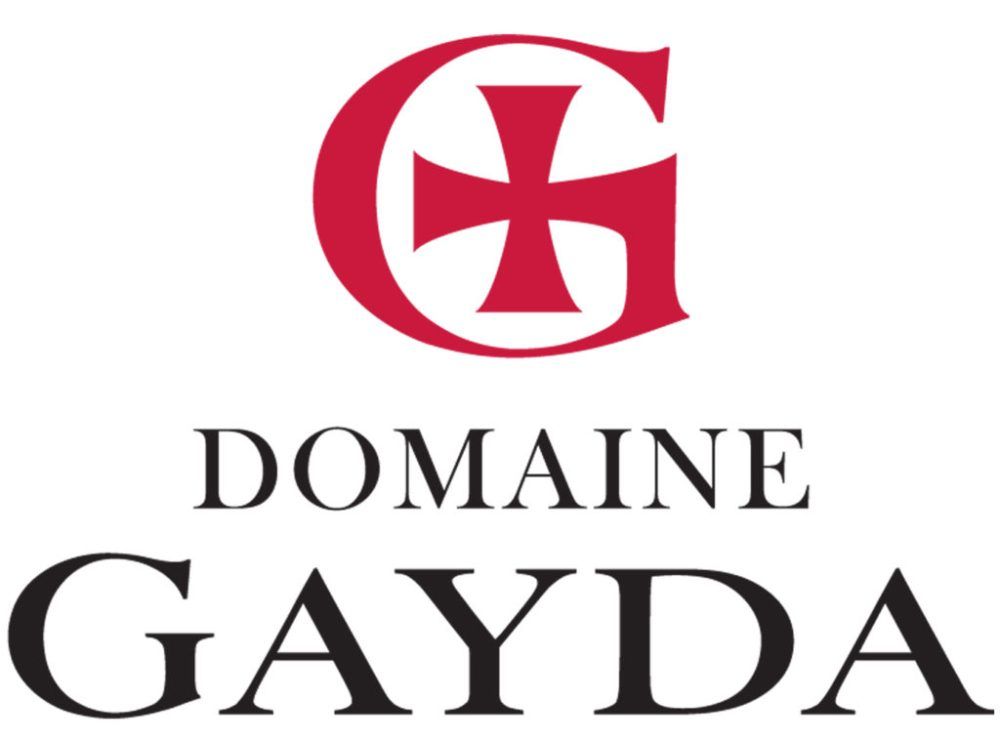Everywhere you look the trend is for lighter, fresher, yet more flavoursome food and drink dishes. And wine is no different.
Slowly but surely what we are all looking to eat and drink is changing. It’s not, for example, just those of us on diets and following the latest food fads that are turning to the lighter and healthier food options.

As we have become more exposed to different cuisines from around the world so our tastes and our traditional likes and dislikes have been challenged.
Turn the clock back 20 years ago and most of the top restaurants in the country would be serving up dishes full of butter, creams and sauces. French haute cuisine was the benchmark for the rest to follow.
But over time we have become far more accustomed to wider, more international tastes and flavours where the subtle use of herbs or spices has introduced us to different ways of eating.
Fast forward to the last five years and the big growth in eating has come from the big casual dining chains where the emphasis is very much on simpler, more straightforward styles of cuisine designed to appeal to a wide audience covering all ages. Be it classic burgers, barbequed meats, pulled pork, sushi, cerviche, pasta or pizza. All are reasonably undemanding, simple cuisines thatcry out for less powerful, overwhelming wines, but more subtle flavours where the fruit is toned right down, but accompanies the dishes better with fresher, lighter styles.
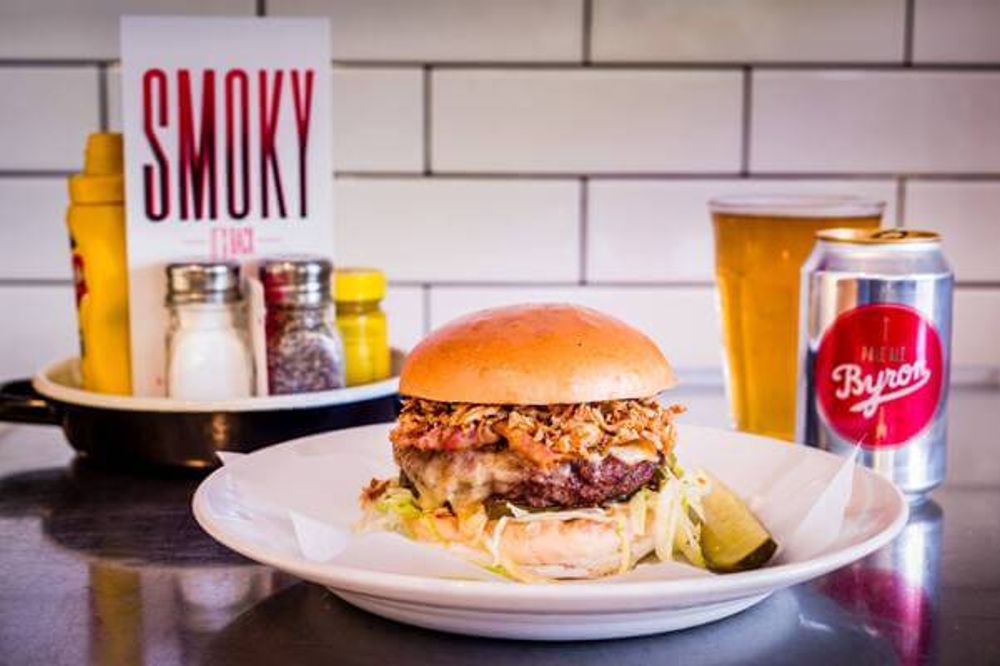
Straight, simple but full of flavour is what consumers want when eating out
Even how we eat order our food is changing with more sharing plates, tapas-style dishes where the emphasis is on less is more both in what we are eating and how we eat it.
All of which is being played out against a backdrop of constant messages about healthy eating. Matched by our ability to now use the internet and our smartphones to check, analyse and compare what it is going in to our food.
The changes in our diet have also been reflected in our drinking behaviour. Not only has the health message encouraged us to collectively drink less, despite what the binge drinking headlines might tell us, we are also far more aware of the types and styles of alcohol we are consuming.
Particularly so in wine.
How low can we go?
Again go back 20 years, or even 10 years, and the average alcohol content in a bottle of wine would be pushing the 14% to 15% level. Particularly our then new found love for the big oak driven red and white wines from the New World, most noticeably from Australia.
These big, jammy, packed with flavour wines were ironically a stark contrast to the lighter, less fruit forward wines we had grown up drinking from France, Italy and the rest of the Old World.
Now the situation has almost gone full circle. As we look for lighter, simpler, healthier options in our food, we want the same in our wine.
And it is not just in the UK. But increasingly around the world demand for the big fruit bomb wines are in steady decline.
Which clearly has had a big impact on the way winemakers and viticulturists now look to make wine.
The world over the pressure is on to bring alcohol levels down at least 1% on average. Making a 15% wine 14%, 14% down to 13% and so on.
But at the same time wine drinkers don’t want to lose that fruit forward approach they love so much.
As a result wine lists are now being packed with lighter style wines, but crucially those that have the new characteristics of refreshing fruity freshness that core wine drinkers have not come across before. Particularly from parts of the world like Australia, Argentina or Chile.
Winemakers in these hot New World countries have not forgotten their years training in vineyards in Burgundy and Bordeaux. They are working harder to ripen their grapes quicker, sometimes by exposing them more to the sun with less leaf cover. Which means they can be picked earlier – up to a month in some places – and therefore ensure they are full of that lovely, juicy, fruity freshness, but are not so ripe they are building up sugar levels that result in higher alcohol levels.
In tune with customers
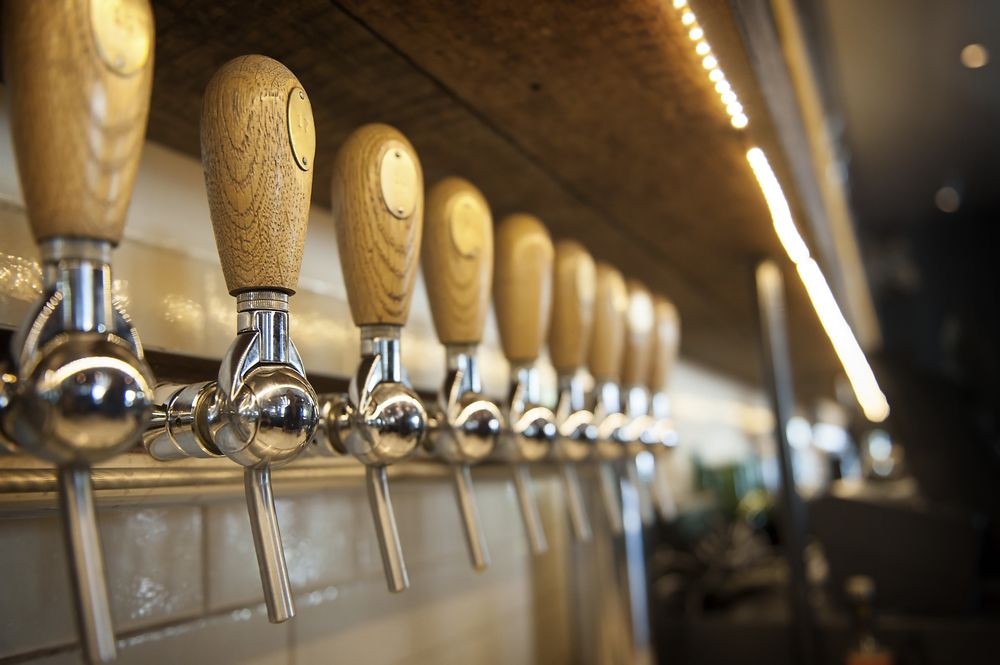
Wines by the glass are what consumers increasingly want
For pubs and bars it means having wines that are now far more suited to the needs of their customers, but are also better matches for the types of food they are also now eating.
The “moreish” characteristics of these lighter, fresher, wines also makes them ideal to offer by the glass. But being lower in alcohol also makes them much more appealing to those looking to cut back on their alcohol or, if driving, ideal to sip over a glass.
When talking about these styles of wines with customers, remember it is the freshness and refreshment characteristics they most respond to. After all those are the attributes that have helped drive the cider and flavoured ciders so well.
But the lower alcohols are also increasingly attractive and, as winemaking skills improve, we can expect to see more 9% to 12% wines that will have the double whammy of refreshment but the fruit flavours that wines currently in that area often lack.
As the world’s climate changes and becomes more challenging for winemakers we are only going to see more of these styles of wine, as their ability to work better in the vineyards will result in making even fresher, lighter wines for us to enjoy.
- This is an edited version of an article that first appeared on the Crown Cellars site, the wine and spirits arm of Carlsberg UK.
